Berkshire Products, Cleaning & Disinfection, Knowledge Base
Validated Sterile Wipes: Simple Ways to Achieve Cleanliness
Achieving Cleanliness and Asepsis in Critical Environments
When cleaning cleanrooms and critical environments, certain principles are universally applicable. However, the methods and products used to maintain regulatory standards vary considerably. In particular, the differences between aseptic and non-aseptic environments are significant.
While both require thorough cleaning to remove dirt, non-volatile chemical residues, ions, metals, and bioburden, aseptic environments go one step further. The goal is complete asepsis, meaning the absence of microorganisms such as bacteria, viruses, fungi, and similar disease-causing contamination.
Maintaining the highest levels of safety and quality in critical applications requires using specialized cleaning products and procedures tailored to the unique requirements of aseptic environments. These techniques make achieving a high level of cleanliness and asepsis possible.
Features of Validated Sterile Wipers
- The wipes have undergone gamma irradiation and meet the AAMI guidelines for sterilization with a guaranteed level of 10-6.
- The wipers are double or triple-packed in solvent-resistant plastic bags to ensure maximum protection. The labels on the inner bag are designed to be wiped with alcohol, making it easy to bring into a sterile room without any risk of running.
- Managing sterilization and usage is easier by limiting the number of wipes to each package.
- A statistical quality control program is used to track the quality of each lot.
- Each bag is labeled with an expiration date, and sterilization and irradiation certificates accompany each shipment. Independent quality control audits provide sterilization assurance.
Applications for Validated Sterile Wipers
- Safely clean, sterile environments without jeopardizing environmental sterility. Validated sterile wipes efficiently and effectively clean sterile environments while maintaining their aseptic purity.
- Thoroughly clean equipment and environmental surfaces utilized in production or slated for use in future production.
- Apply detergents, sterilizers, and disinfectants with ease
- Efficiently absorb and clean up spilled liquids
Ensuring adequate cleaning and disinfection of cleanroom equipment is a growing challenge. Recent outbreaks due to improper use of sterilized products have highlighted the need for excellence in sterilization practices. The information below provides practical procedures for achieving high standards in validated sterilization for wipes.
Sterile Validation Process for Wipes
- Measuring bioburden – Measuring the number of viable organisms (CFU, colony forming units) per wiper
- Setting recovery rates – Correcting bioburden data with extraction efficiency
- Dose setting – Select sterilization dose (cobalt-60 gamma) at 10-6 guaranteed sterilization level
- Validation at the sub-process dose – Test sterility by irradiating samples at a challenge dose (1/100 chance of bacterial survival)
- Gamma irradiation – Irradiate the product at a defined dose and monitor the dose with dose monitors
- Irradiation certificate and sterilization certificate – Stated as ANSI/AAMI ST32-19 compliant
- Audits – Check sterility of wipers at bioburden every three months and sub-process dose every six months.
Berkshire manufactures several different wiper materials, ideal for sterile filling processes in pharmaceutical manufacturing, biotech, and microbiology research facilities. Our certified engineered clean wipes are rigorously validated to meet the highest standards for aseptic environments. With the potential for catastrophic consequences from even the slightest contamination, our wipes provide a reliable solution for demanding situations.


















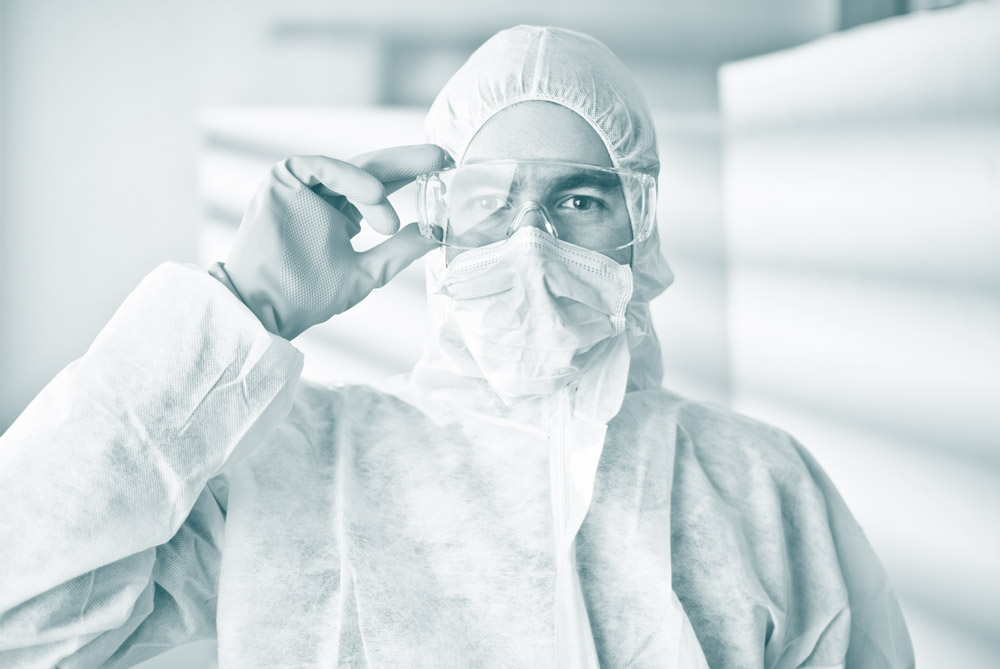
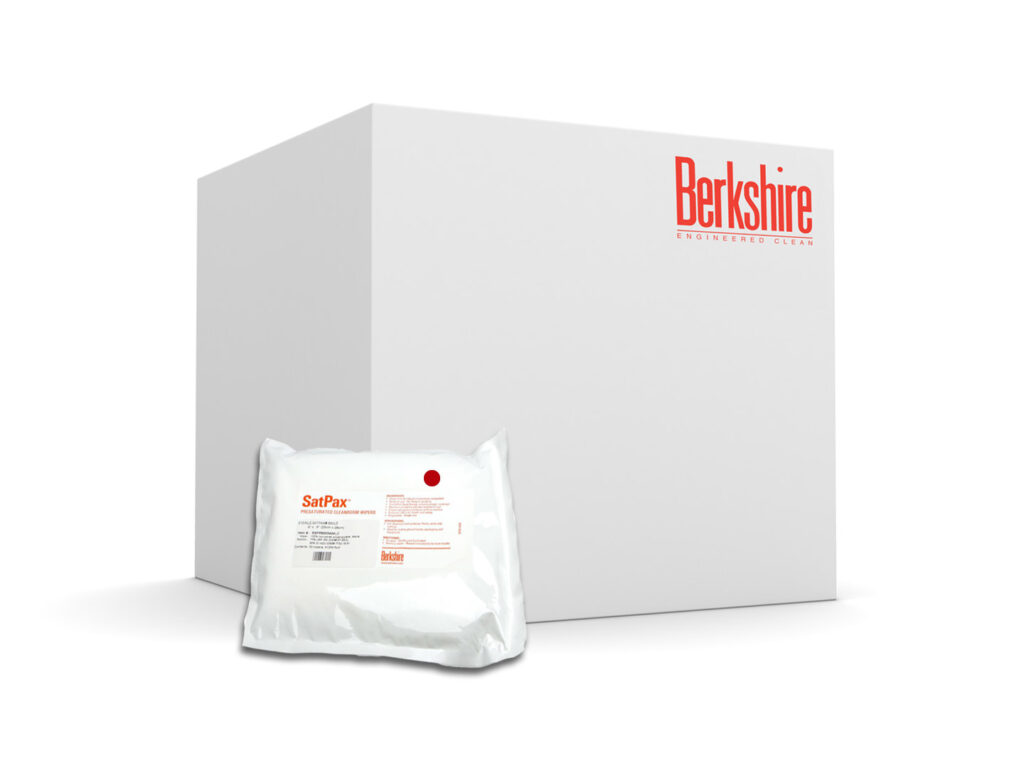


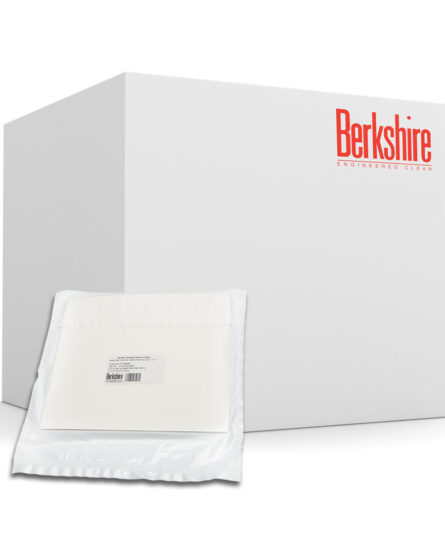

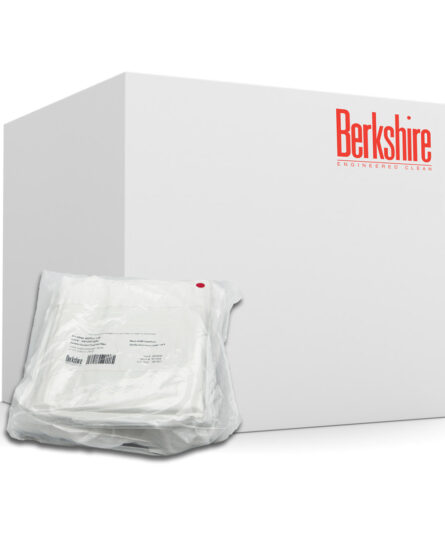
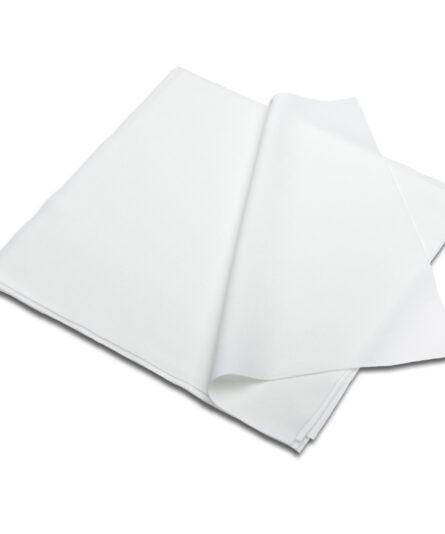
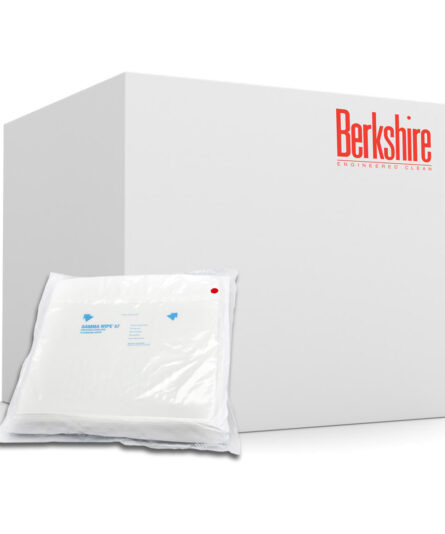


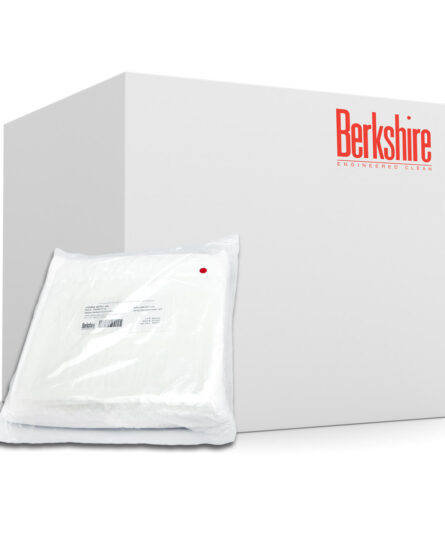
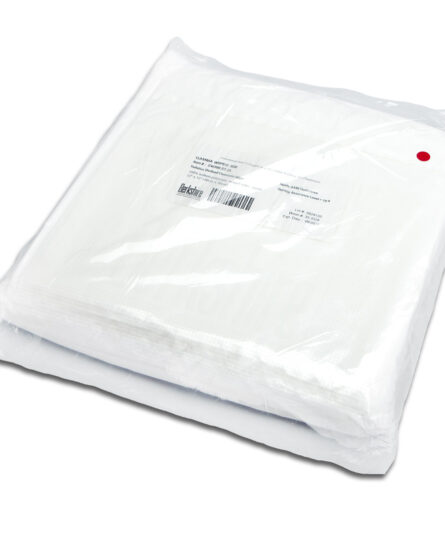
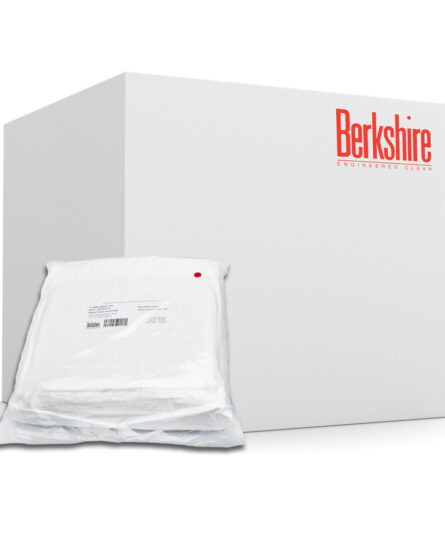
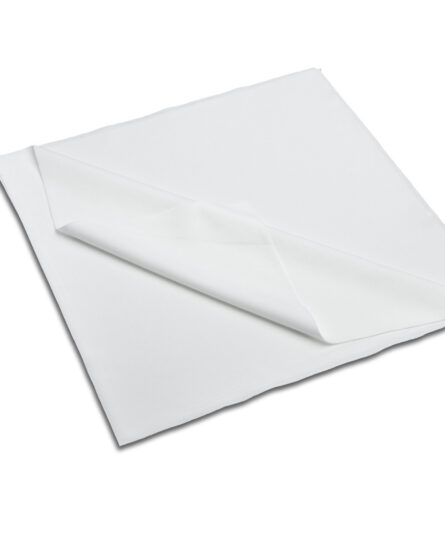

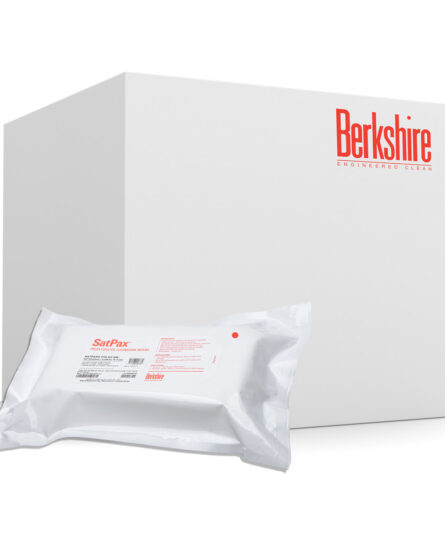
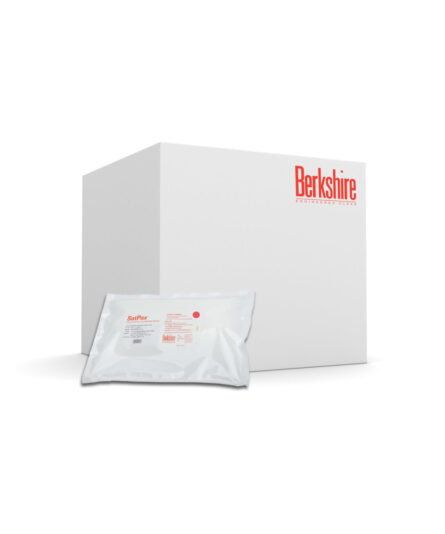
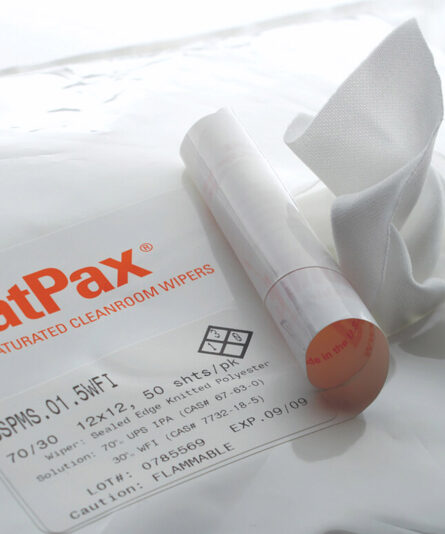
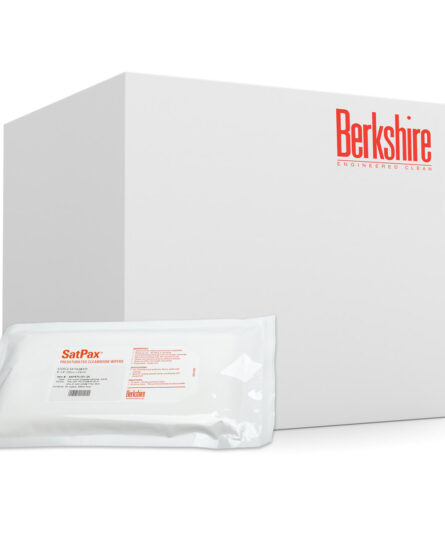
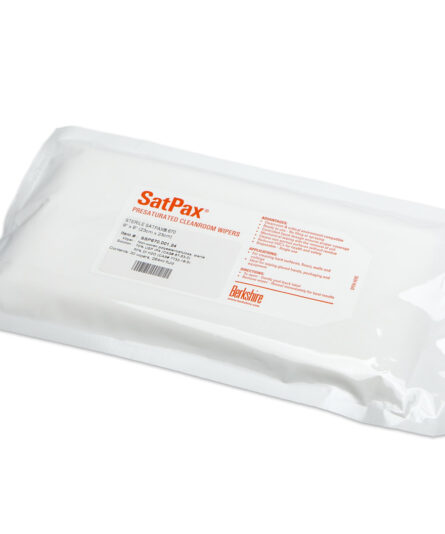
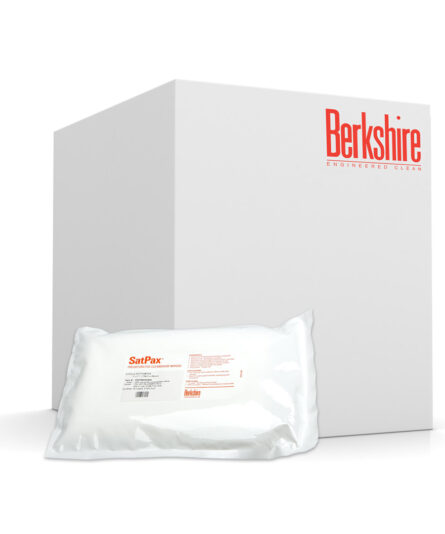

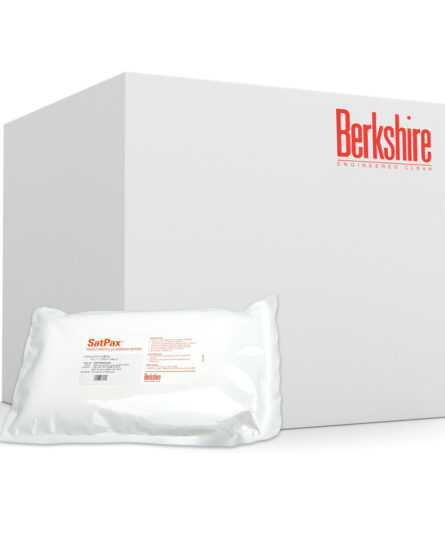

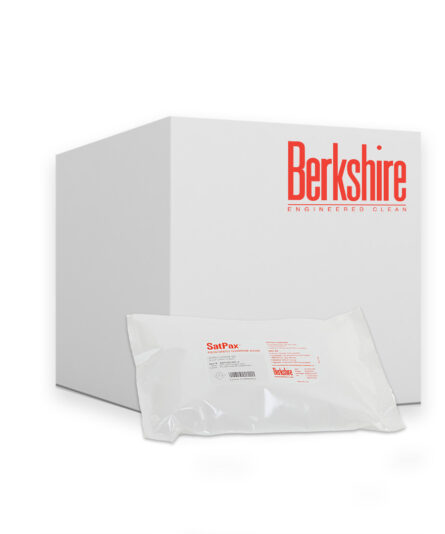
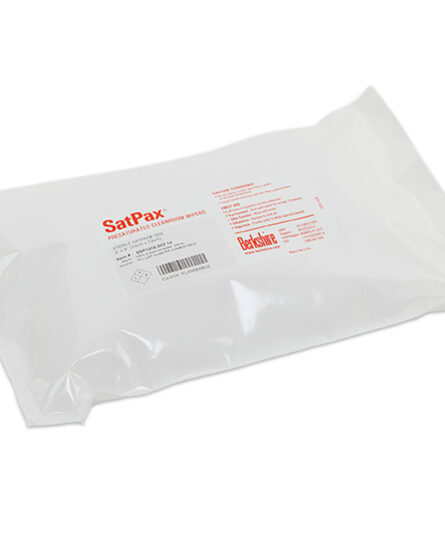
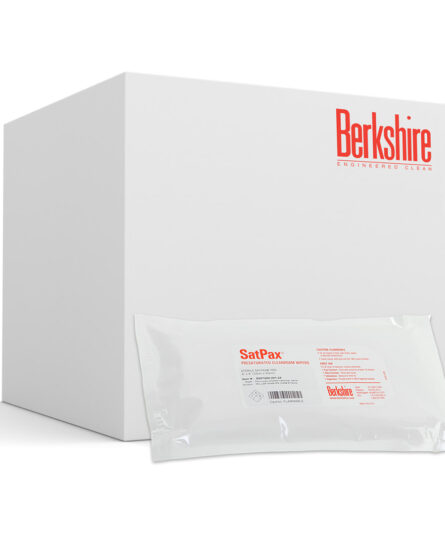

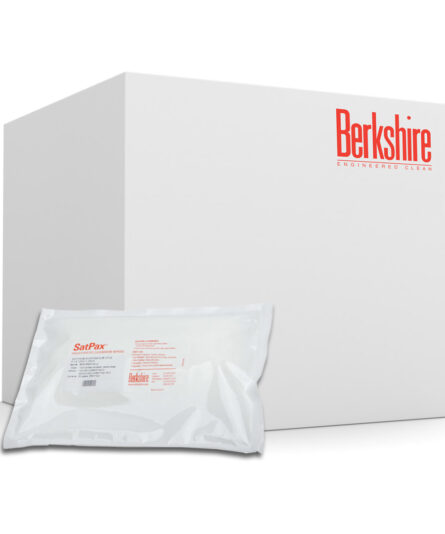
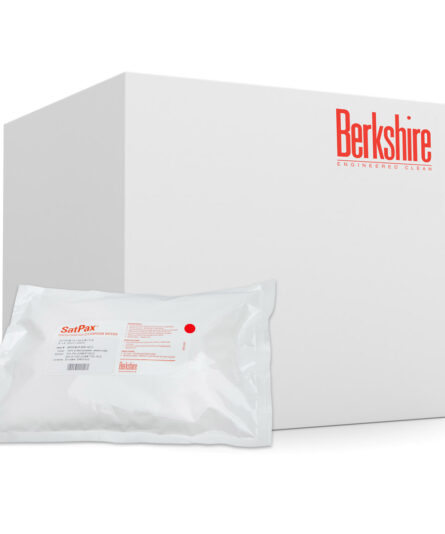
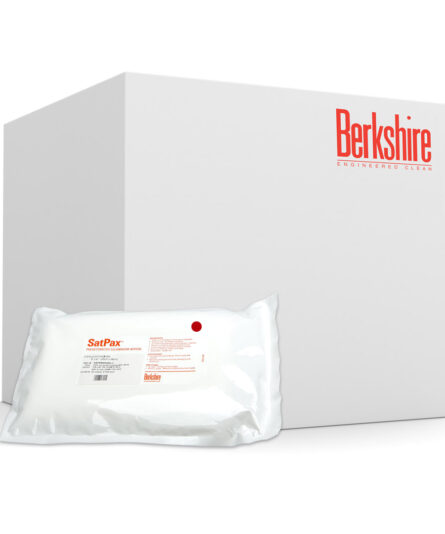

HAVE AN IDEA FOR CONTENT?
We are always looking for ideas and topics to write about.
Contact Us